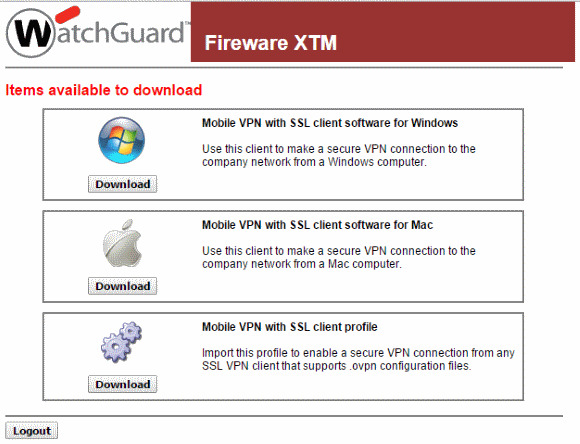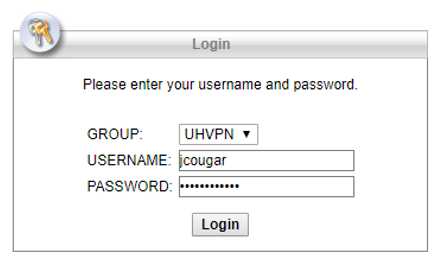

SoftEther VPN Bridge and VPN server run on Windows, OSX, Linux, Solaris, and FreeBSD, and the client app works on Linux, macOS, and Windows. It’s a free, open-source VPN that supports multiple VPN protocols.
Linux ssl vpn client software#
SoftEther is the short form of Software Ethernet and started out as a project by a student attending the University of Tsukuba located in Japan. That said, here are the 5 best-open-sourced VPNs: If you value privacy higher than all the extra features you should look into open-sourced VPNs. Some users have higher priorities to privacy rather than the extra features. If you’re interested in the best VPNs (not open-sourced) we have created a list for the best VPNs. Open-source VPNs tend to lack extra features that closed-source VPNs have such as an automatic kill switch, malware blockers, multi-hop, DNS leak protection and more that you often find in “regular” or closed-source VPN services. SSL/TSL protocols are very secure and have been tested and improved over two decades.īut on the other hand, there are multiple downsides you might encounter while using an open-sourced VPN. The encryption protocols used on open-source VPNs are SSL/TLS.
Linux ssl vpn client code#
The biggest upside to an open-source VPN is that all of the source code is easily accessible to the public, this ensures that the company isn’t hiding anything from the users. Open-source VPNs are much more uncommon than regular close-source VPN services, mostly because they don’t appeal to masses and are trickier to set up. Although they aren’t exactly 100% foolproof they’re far more secure and have a much higher reputation than regular close-source VPNs. Is there a solution to this issue? Yes, an Open-source VPN.


On the brighter side, we at least have VPNs to keep us safe right? Well yes, but there have been some issues with some heavily promoted/popular VPNs being infiltrated by hackers, this has created yet another privacy issue. They often use the collected data and sell it to third parties in order to create advanced targetted-ads or worse. There's additional information in the ubuntu documentation.As privacy is becoming more of a luxury rather than a basic need, companies are trying to gather as much information/data on users as they possibly can. Next section, " Scripting" may help you as well to configure and run your VPN client. The sleep commands are used to space out theĮxecutions of the commands so that each can complete their startup Identity file specified (-i), in terminal mode (-t), with the options The options passed to ssh configure it to run without escapeĬharacters (-e), using the blowfish crypto algorithm (-c), using the What this does is run ssh, redirecting the input and output to pppd. This is done with something similar to the following sequence of commands: /usr/sbin/pty-redir /usr/bin/ssh -t -e none -o 'Batchmode yes' -c blowfish -i /root/.ssh/identity.vpn -l joe > /tmp/vpn-device The link is created by running pppd through a pseudo terminal that is created by pty-redir and connected to ssh. Here's a complete guide to IPSEC for linux and you may want to try this: You can try to configure your VPN without the Fortinet GUI.


 0 kommentar(er)
0 kommentar(er)
